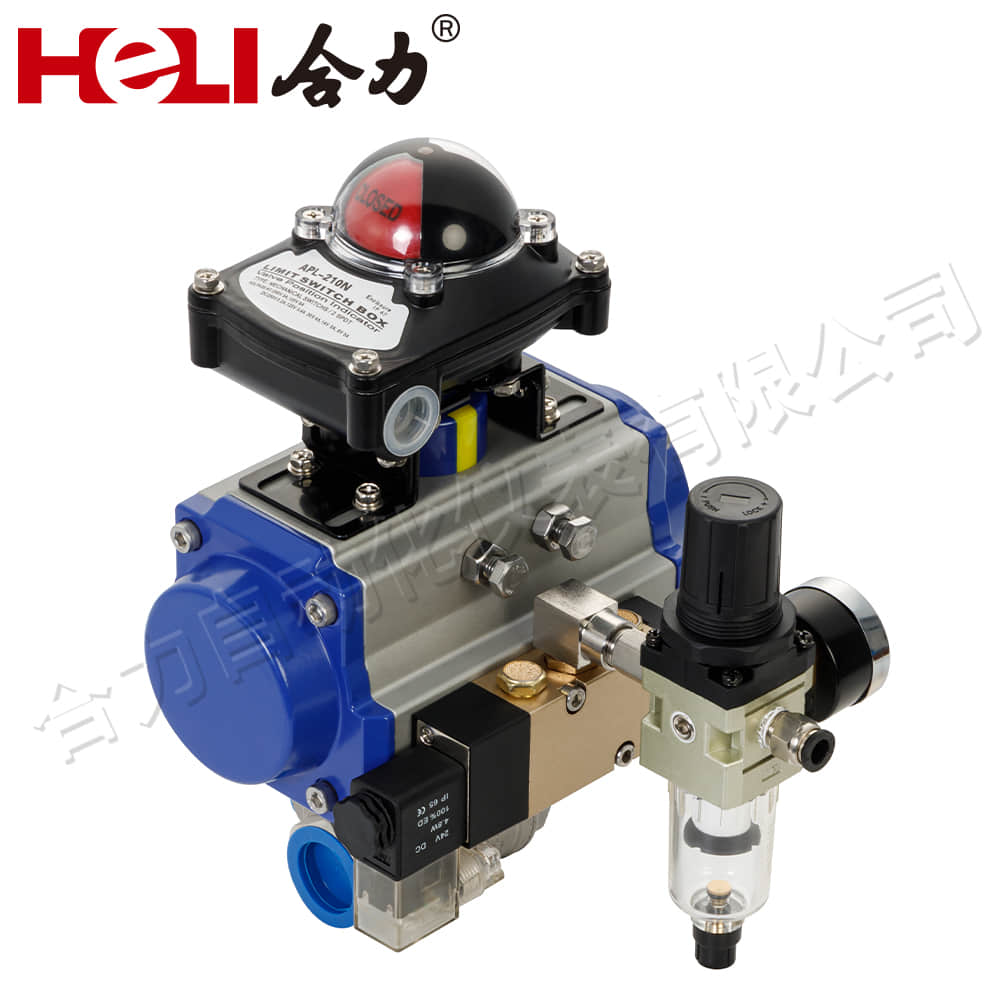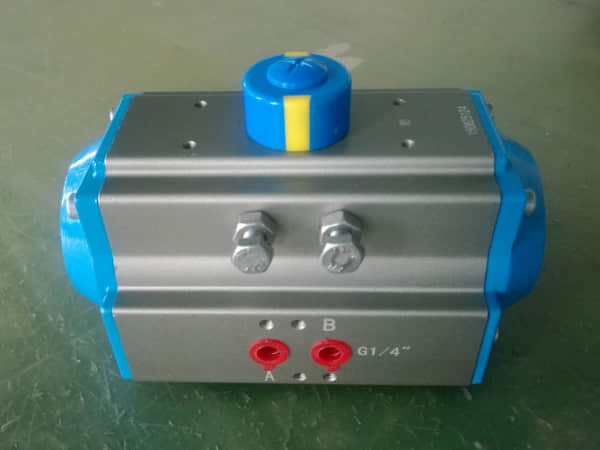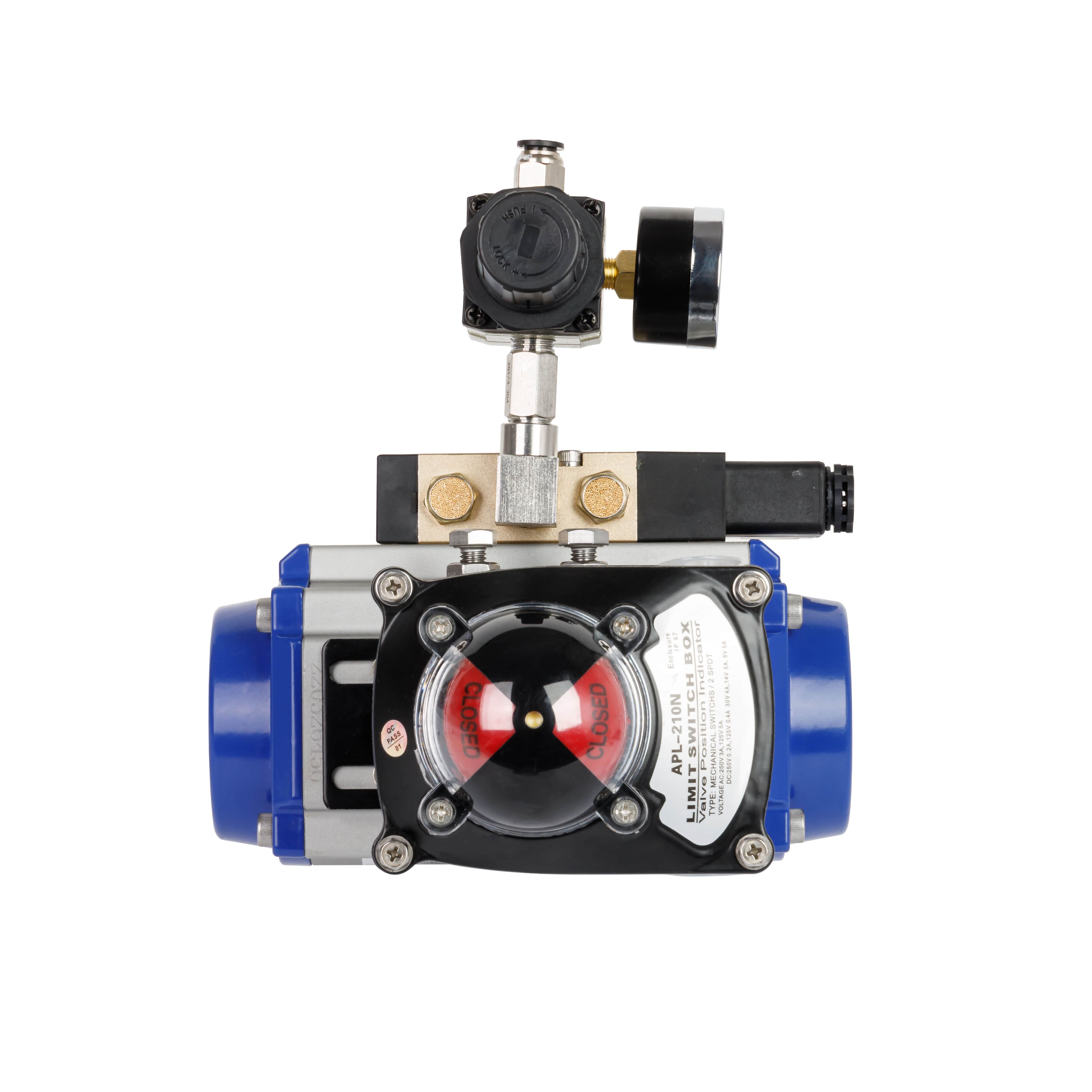understanding pneumatic actuators: principles, applications, and advantages
Release time:2024-10-14 16:08:16
Pneumatic actuators are essential components in various industrial and manufacturing processes, serving as devices that convert compressed air energy into mechanical motion. Renowned for their reliability and efficiency, these actuators play a pivotal role in numerous applications, including automation, robotics, and material handling. This article delves into the principles, types, applications, and advantages of pneumatic actuators, emphasizing their significance in modern engineering.

Principles of Pneumatic Actuators

At the core of pneumatic actuator functionality lies the principle of utilizing compressed air to generate linear or rotary motion. When air is compressed in a chamber, it creates pressure that can be harnessed to move a piston or a diaphragm within the actuator. The movement of the piston converts the energy from the compressed air into mechanical work, which can then be used to perform tasks such as opening or closing valves, lifting loads, or providing movement to mechanical arms.



